- DroidAfrica
- Google Pixel 6 Pro
Google Pixel 6 Pro
Google Pixel 6 Pro Highlights and Overview
The Pixel 6 Pro as the name suggests, is the higher version of the standard Pixel 6. The screen estate on this model is bigger, it has bigger battery and the camera setup is also better than it is on the vanilla model. Talking about screen, the 6 Pro comes in a larger 6.71-inches display with 1440 x 3120 pixel resolution, touching an impressive 512 PPI. It has a dot notch, support HDR10+ and rated at 120Hz refresh.
![]()
On the internal hardware, the CPU on the 6 Pro is same as the one on non-pro model; an octa-core Google’s 5G Tensor Chip with 2-core Cortex-X1 @2.8GHz, 2-core Cortex-A76 @2.25GHz and a 4-core Cortex-A55 at 1.8GHz along with Mali-G78 MP20 GPU. The model has only 12GB RAM, paired with either 128/256/512-Gigs of internal non-expandable storage.
![]()
Camera system is same as on the non-pro version, except for the inclusion of a third 48-megapixel telephoto lens with f/3.5 aperture, PDAF, OIS and 4-times optical zoom. The other two lenses includes a 50-megapixel main shooter and a 12-megapixel ultrawide snapper. Other features of the main lens includes Dual Pixel PDAF, Laser AF, OIS and f/1.9 aperture, and the combination can record 4K videos @30/60fps, or just 1080p footage that can go as high as 240fps.
![]()
The front camera on the Pixel 6 Pro however, is upgraded to 11.1-megapixel. This lens is capable of 4K video recording @30fps, or 1080p recording at both 30/60fps. The standard model however can only record 1080p@30fps.
![]()
Additionally, there is an under display fingerprint scanner and color options on here includes Cloudy White, Sorta Sunny and Stormy Black. Battery capacity is pushed to 5003mAh an it support 30W wired and 23W wireless fast charging. Sadly none of the two smartphone has charging adaptor, but you are getting the latest Google Android 12 out of the box. The full specs of Google Pixel 6 Pro is contained in the table below.
Google Pixel 6 Pro Full Specifications and Features
NETWORK
| Technology | GSM / CDMA / HSPA / EVDO / LTE / 5G |
| 2G Network Bands |
GSM 850 / 900 / 1800 / 1900 CDMA 800 / 1700 / 1900 |
| 3G Network Bands |
HSDPA 800 / 850 / 900 / 1700(AWS) / 1900 / 2100 CDMA2000 1xEV-DO |
| 4G Network Bands | 1, 2, 3, 4, 5, 7, 8, 12, 13, 14, 17, 18, 19, 20, 25, 26, 28, 29, 30, 32, 38, 39, 40, 41, 42, 46, 48, 66, 71 |
| 5G Network Bands | 1, 2, 3, 5, 7, 8, 12, 14, 20, 25, 28, 30, 38, 40, 41, 48, 66, 71, 77, 78, {(257, 258, 260, 261 SA/NSA/Sub6/mmWave} only G9S9B model} |
| Speed | HSPA 42.2/5.76 Mbps, LTE-A, 5G |
LAUNCH
| Also Known As |
- - |
BODY
| Dimensions | 163.9 x 75.9 x 8.9 mm |
| Weight | 210 grams |
| Build |
Gorilla Glass Victus on the front, - Gorilla Glass Victus on the back - Aluminum frame - IP68 dust/water resistant |
| SIM Type | Nano-SIM and/or eSIM |
DISPLAY
| Display Type | LTP0 AMOLED touchscreen, 16M colors |
| Size | 6.71 inches, (88.8% screen-to-body ratio) |
| Resolution | 1440 x 3120 pixels, 19.5:9 ratio (512 ppi density) |
PLATFORM
| Operating System | Android 12 |
| Chipset | Google Tensor (5 nm) |
| CPU | Octa-core (2x2.80 GHz Cortex-X1 & 2x2.25 GHz Cortex-A76 & 4x1.80 GHz Cortex-A55) |
| GPU | Mali-G78 MP20 |
MEMORY
| RAM + ROM | 12 GB |
| Card Slot | No |
MAIN CAMERA
| Camera Type | Triple Lenses |
| Camera Sensor(s) |
Main: 50MP, F1.9, Dual Pixel PDAF, Laser AF, OIS Telephoto: 48MP, f/3.5, PDAF, OIS with 4x optical zoom Ultrawide: 12 MP, f/2.2, 114˚ FoV |
| Camera Features | Autofocus, Touch focus, Pixel Shift, Auto-HDR, panorama, gyro-EIS, OIS |
| Video Resolution | 4K@30/60fps, 1080p@30/60/120/240fps |
SELFIE CAMERA
| Camera Type | Single Lens |
| Camera Sensor(s) | 11.1-megapixel front camera |
| Camera Features | F/2.2 aperture, Auto-HDR, panorama |
| Video Resolution | 4K@30fps, 1080p@30/60fps |
SOUND
| Loudspeaker | Yes, with stereo speakers |
| Speaker Location | Top and Chin |
| Audio Jack Type | USB Type-C |
CONNECTIVITY
| Bluetooth | 5.2, A2DP, LE, aptX HD |
| NFC | |
| GPS | Yes, with dual-band A-GPS, GLONASS, GALILEO, QZSS, BDS |
| FM Radio | No |
BATTERY
| Battery Capacity |
Non-removable 5003mAh Li-Ion battery Reverse wireless charging USB Power Delivery 3.0 |
| Wireless Charging | Yes, 23W charging |
OTHER FEATURES
| Sensors | Fingerprint (side-mounted), accelerometer, proximity, compass |
| Box Contents | Charging Brick / USB cable |
Google Pixel 6 Pro User Reviews and Opinions
Disclaimer Note
This specification was entered manually, hence we CANNOT guarantee 100% accuracy. Any error? Let us know in the comment section.







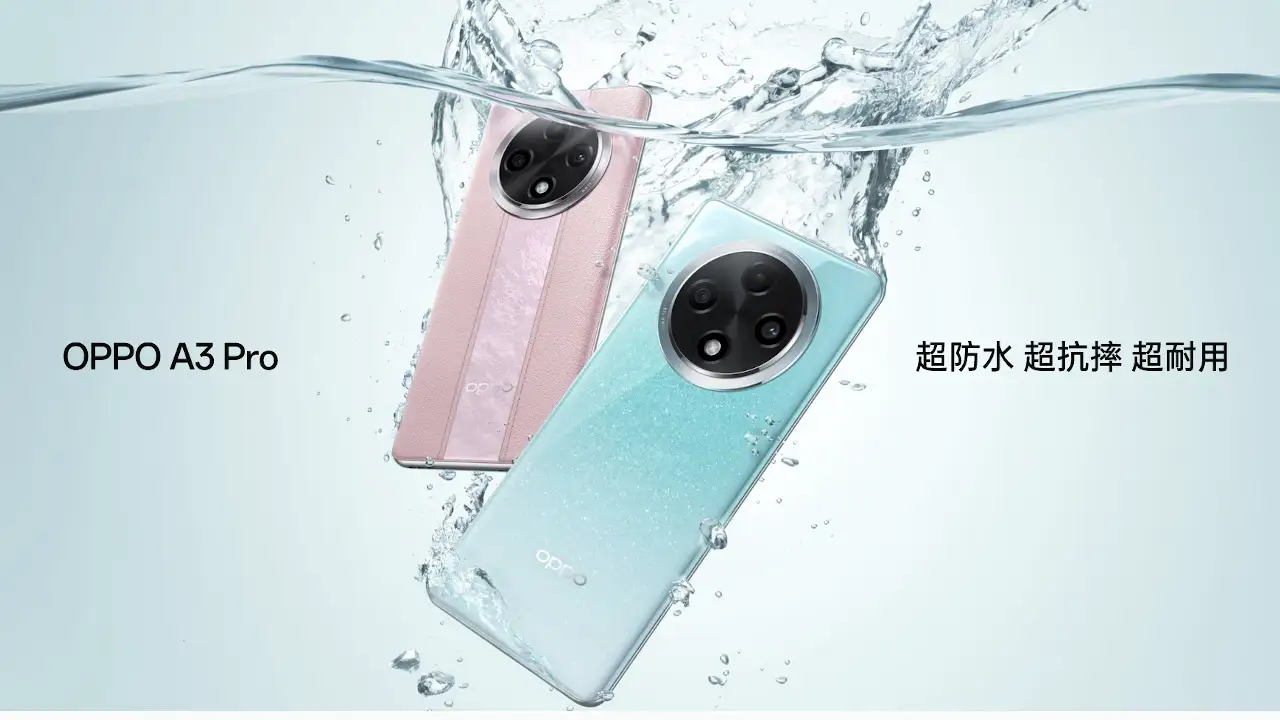

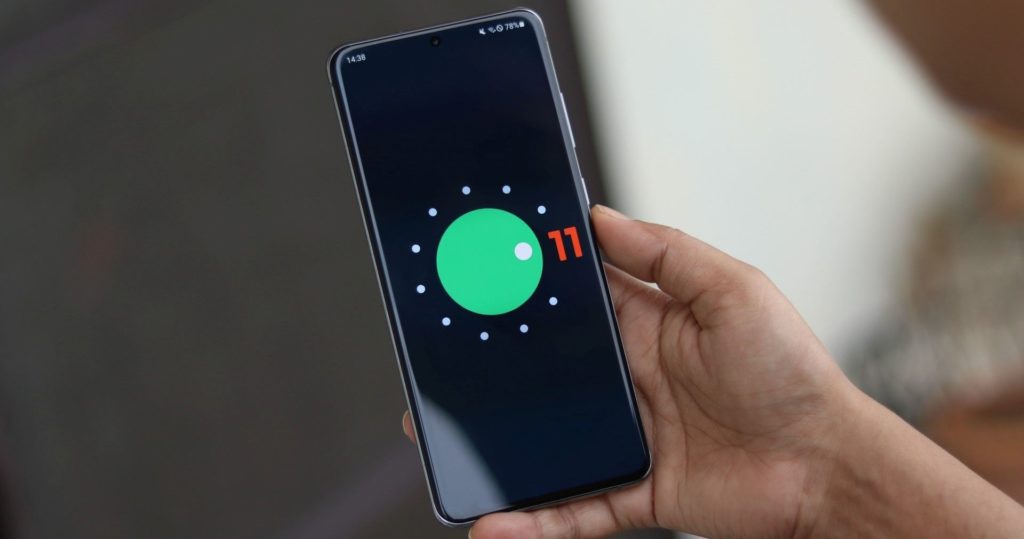
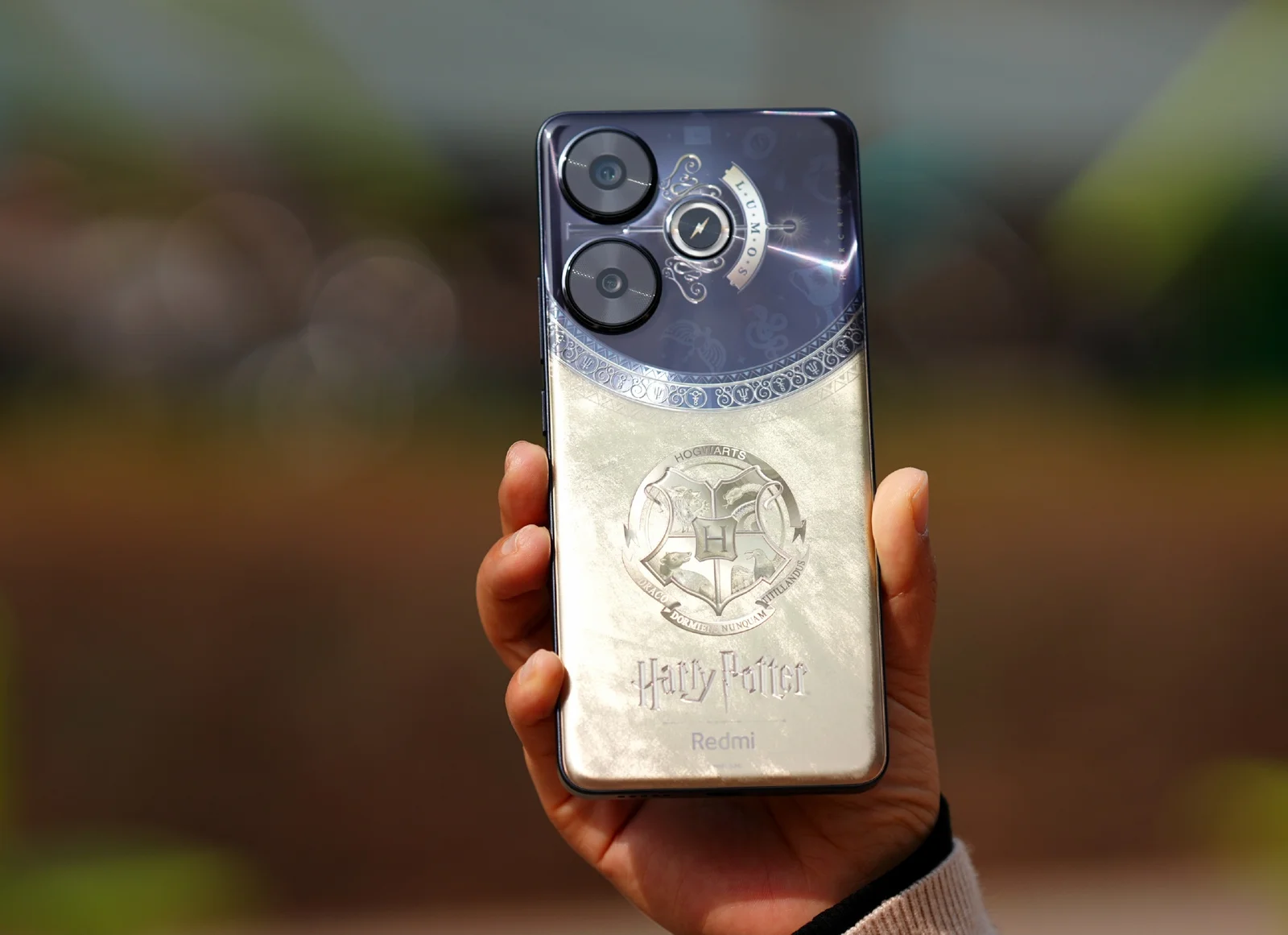
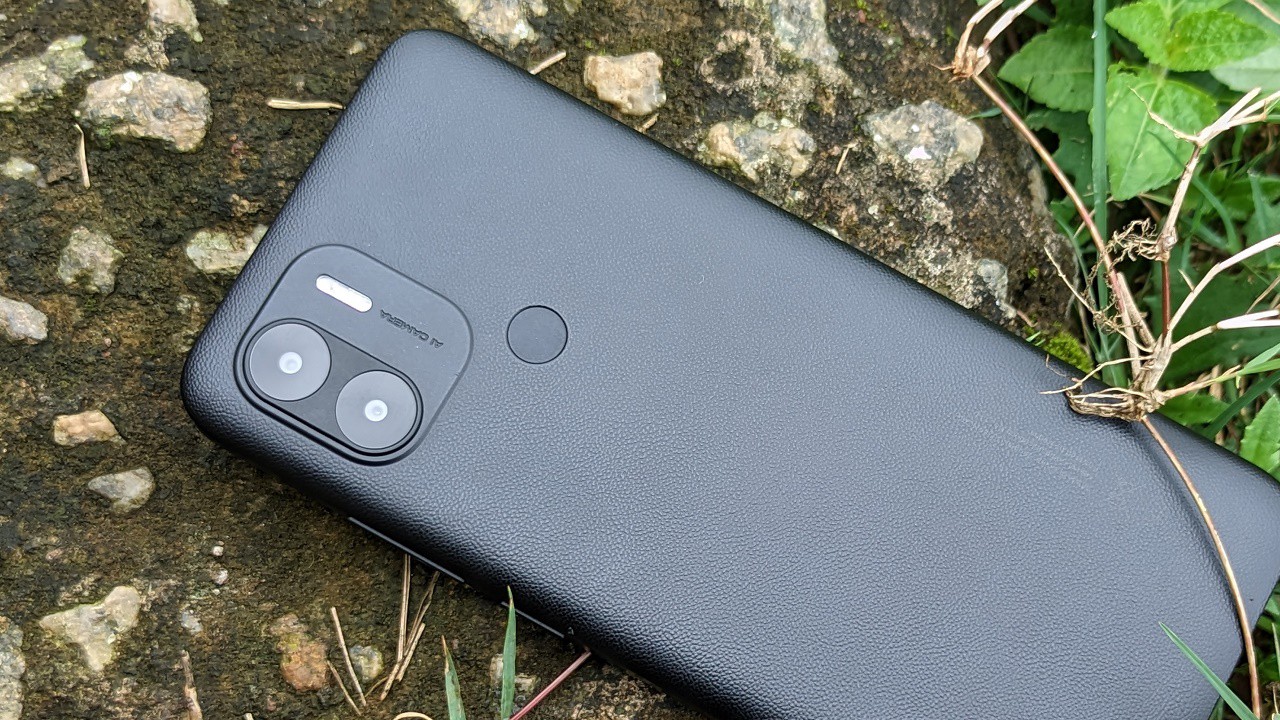
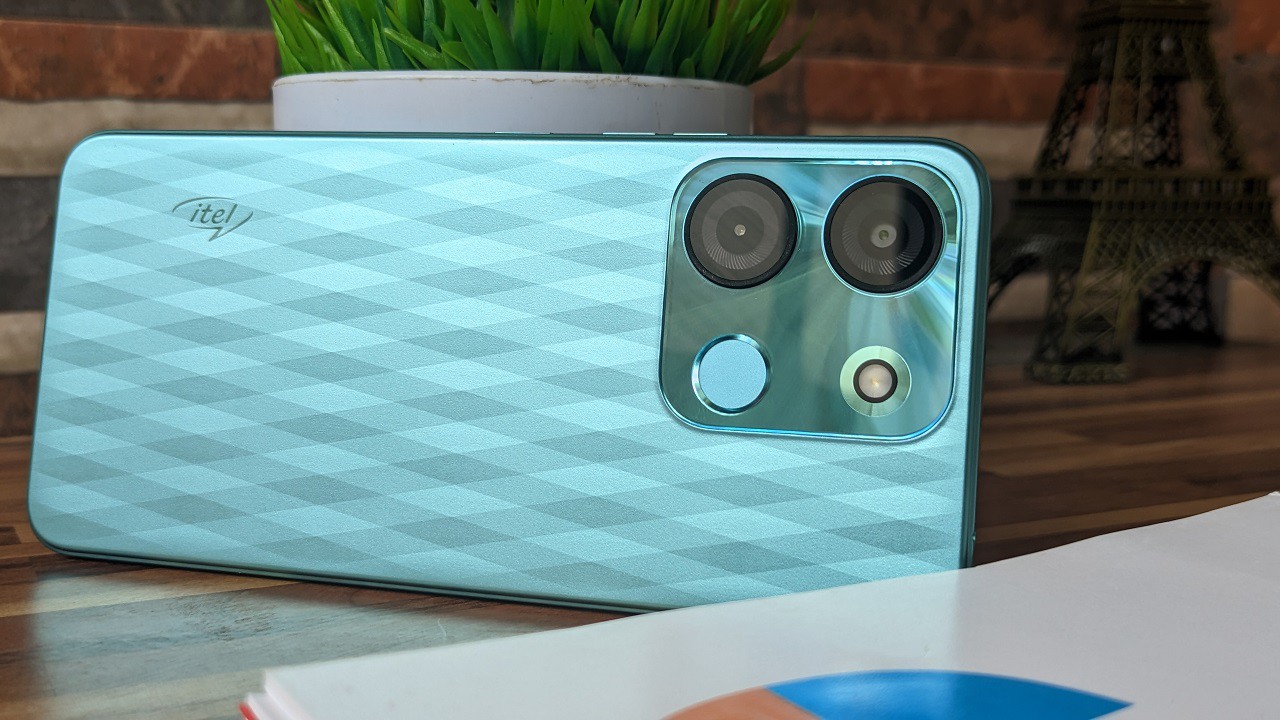
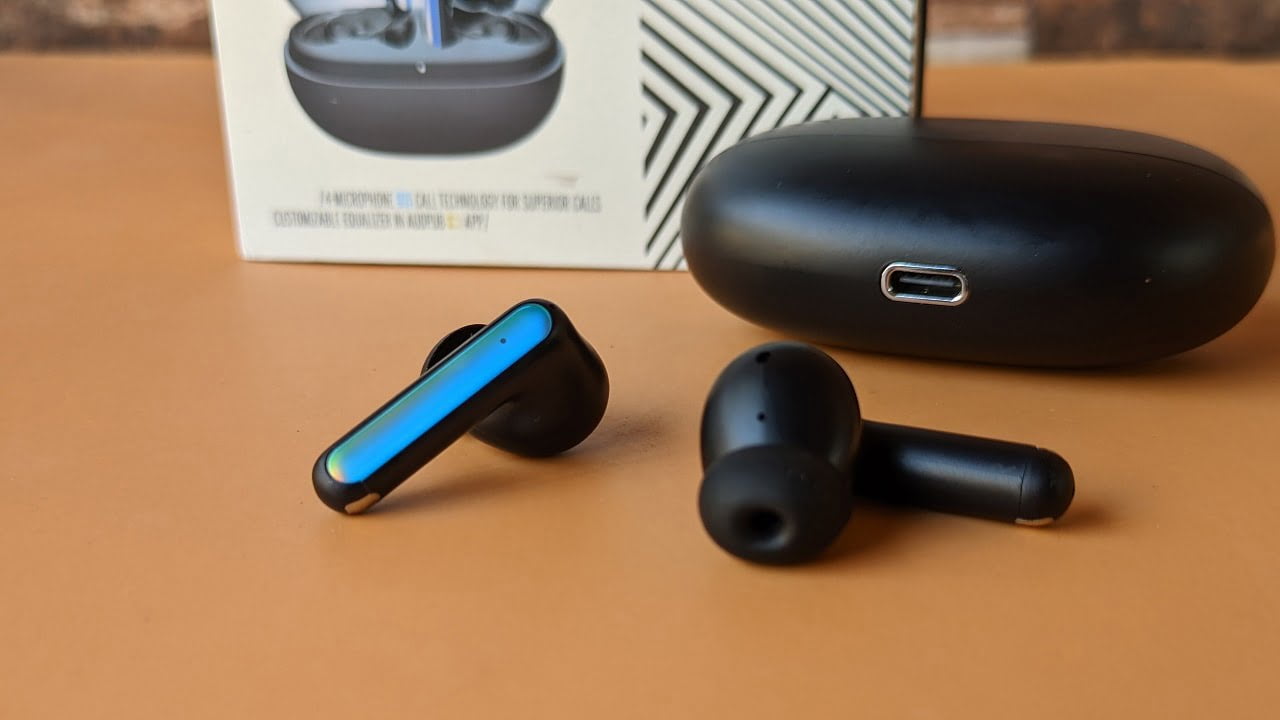
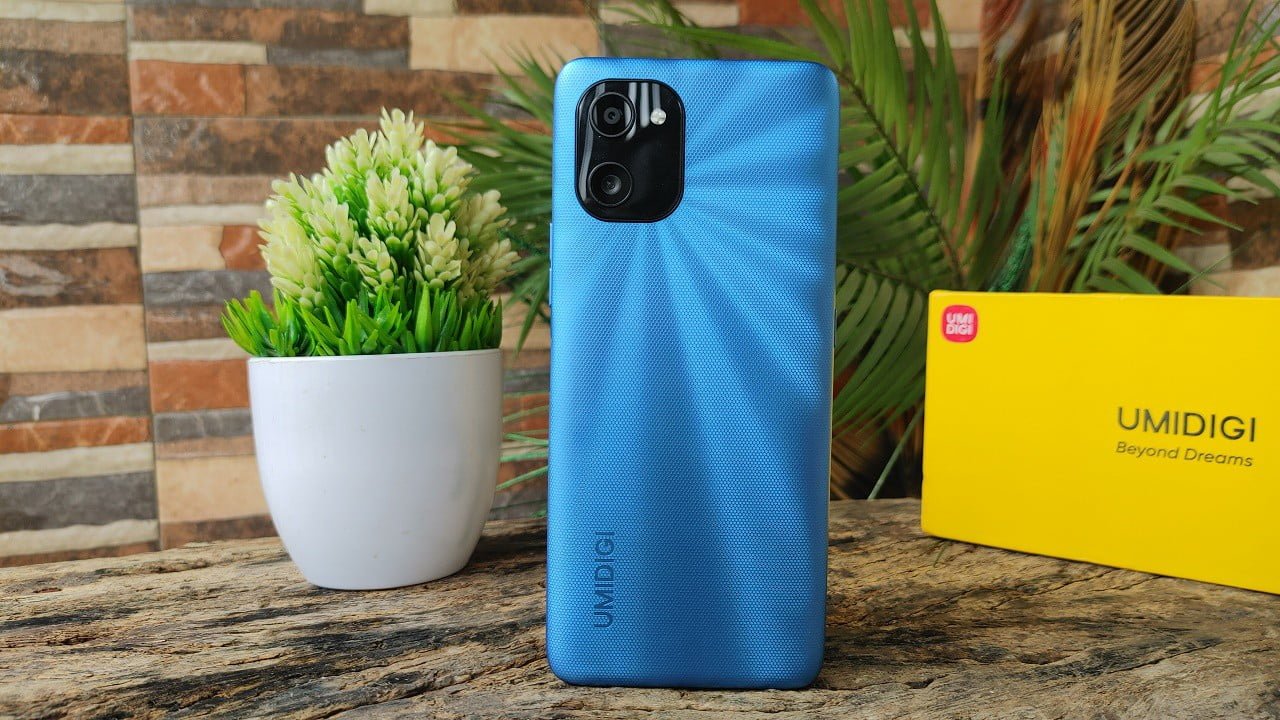
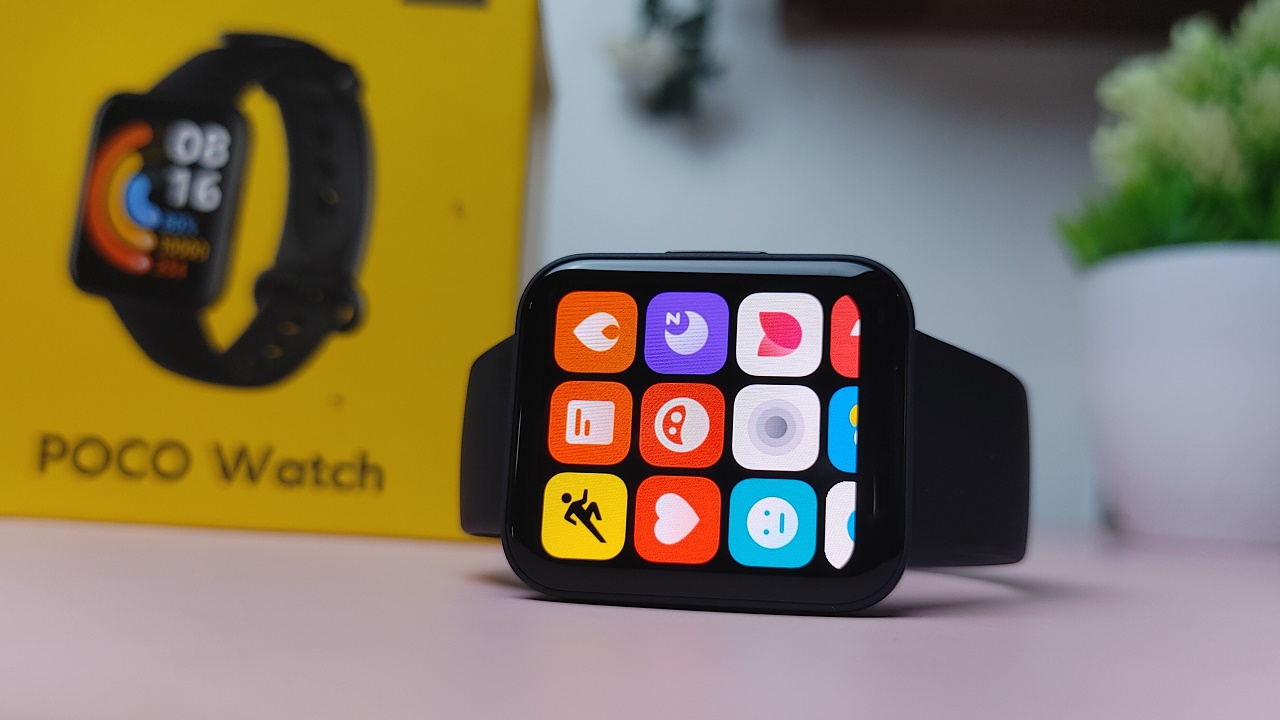
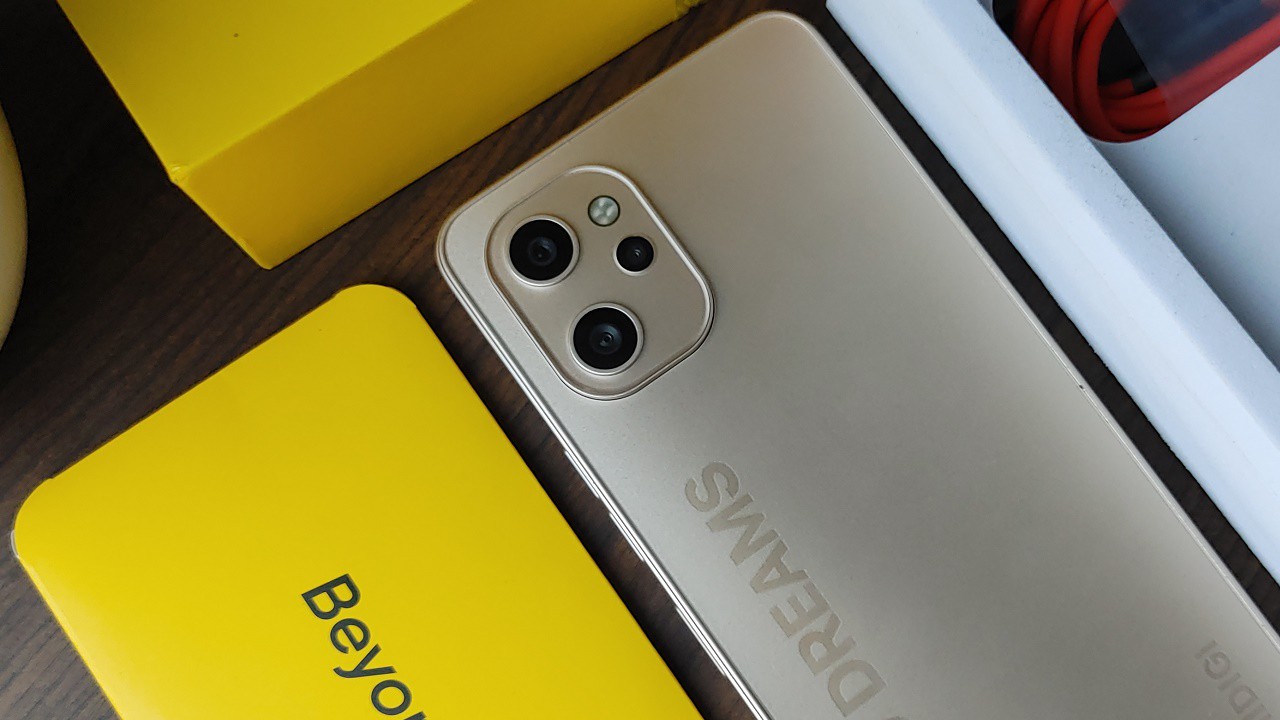
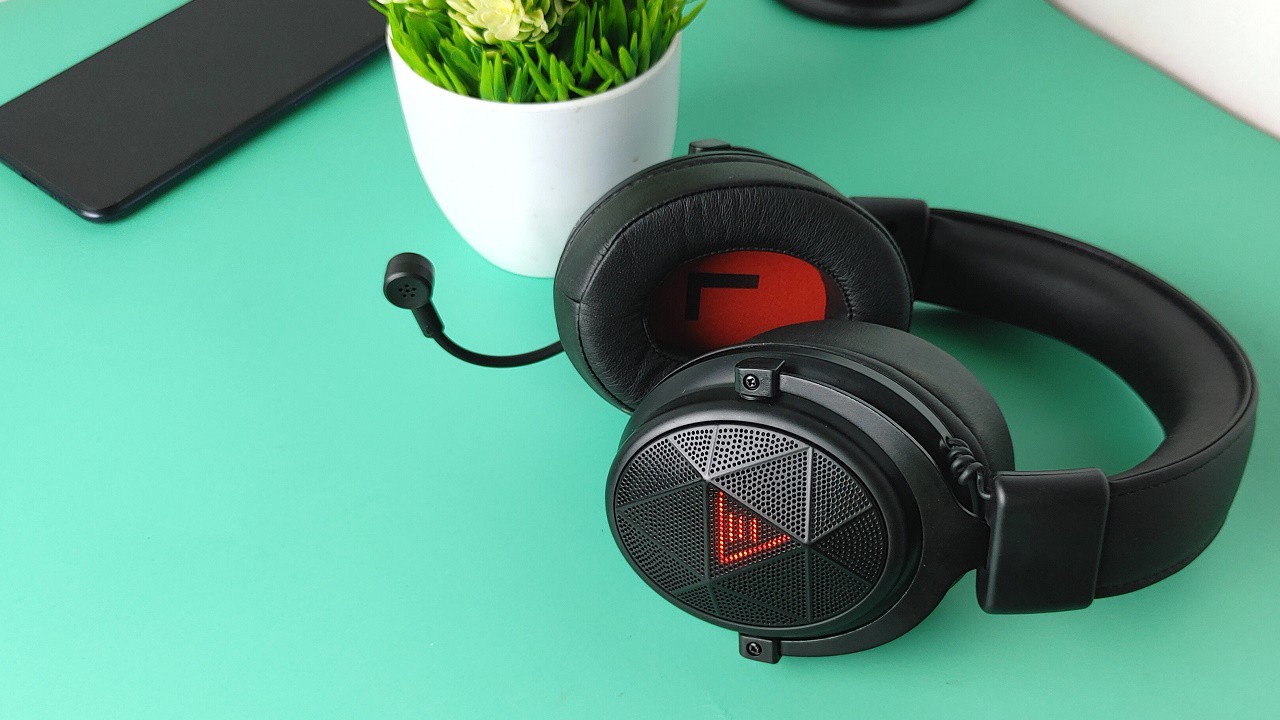
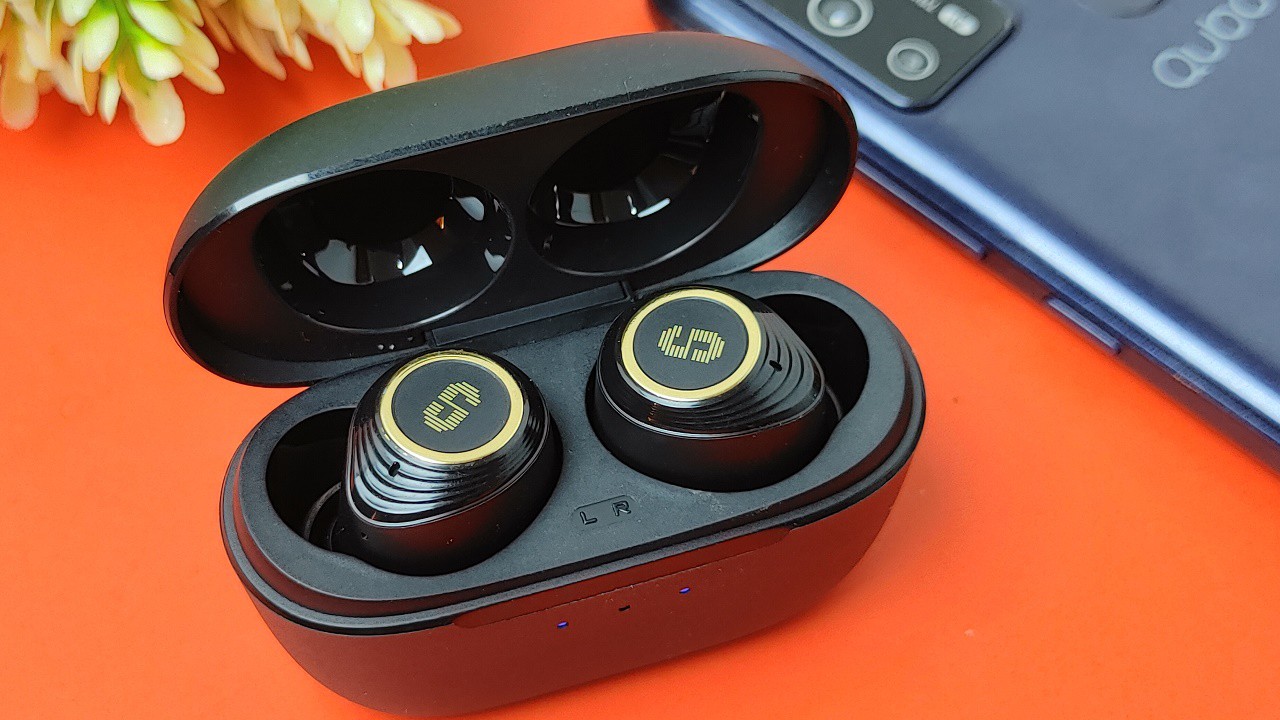
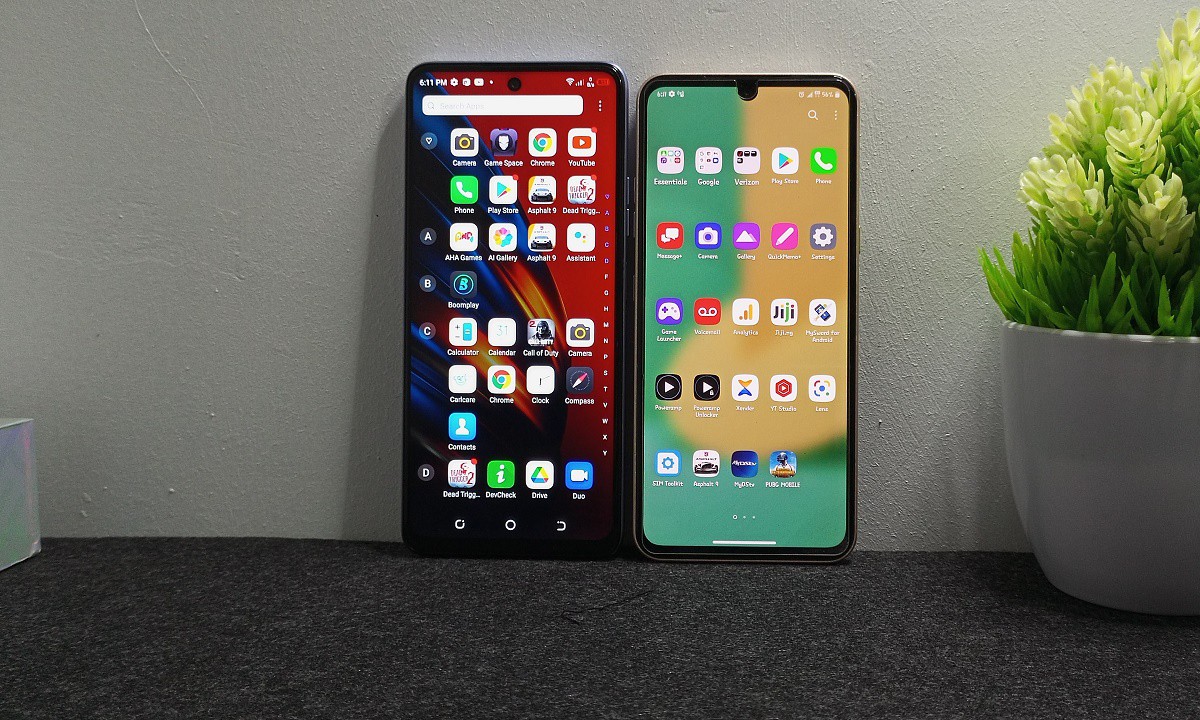

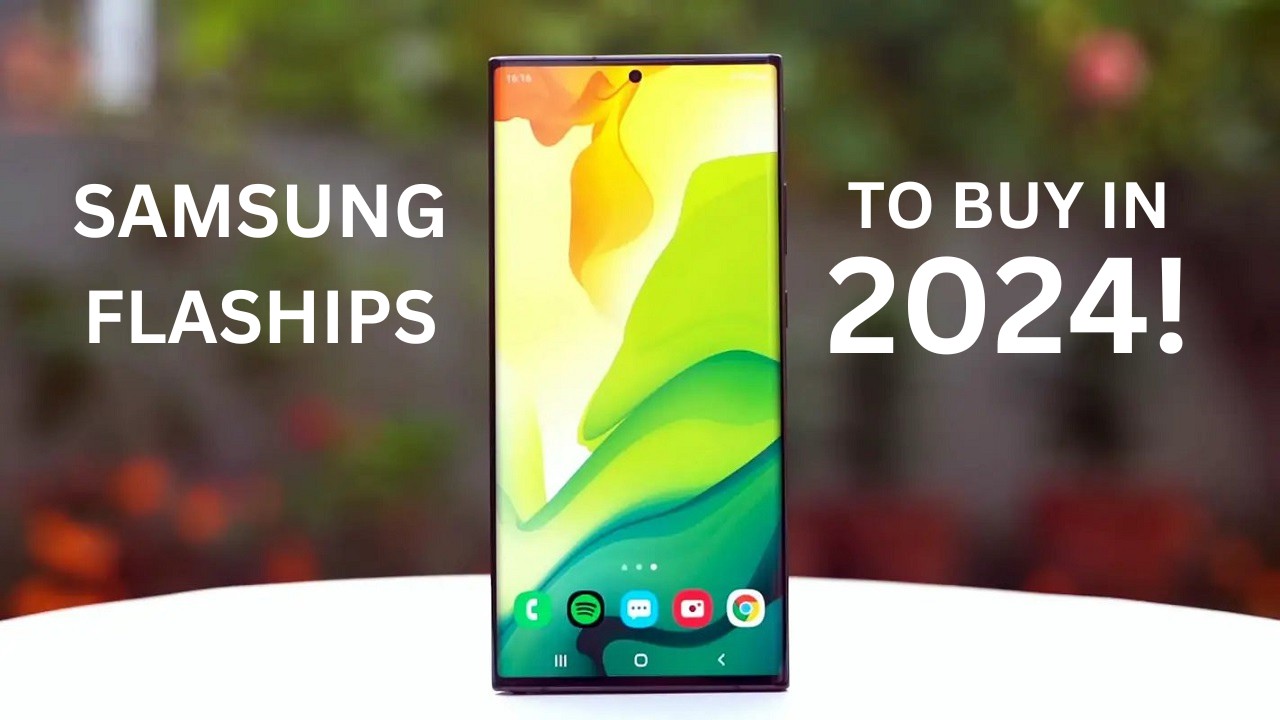
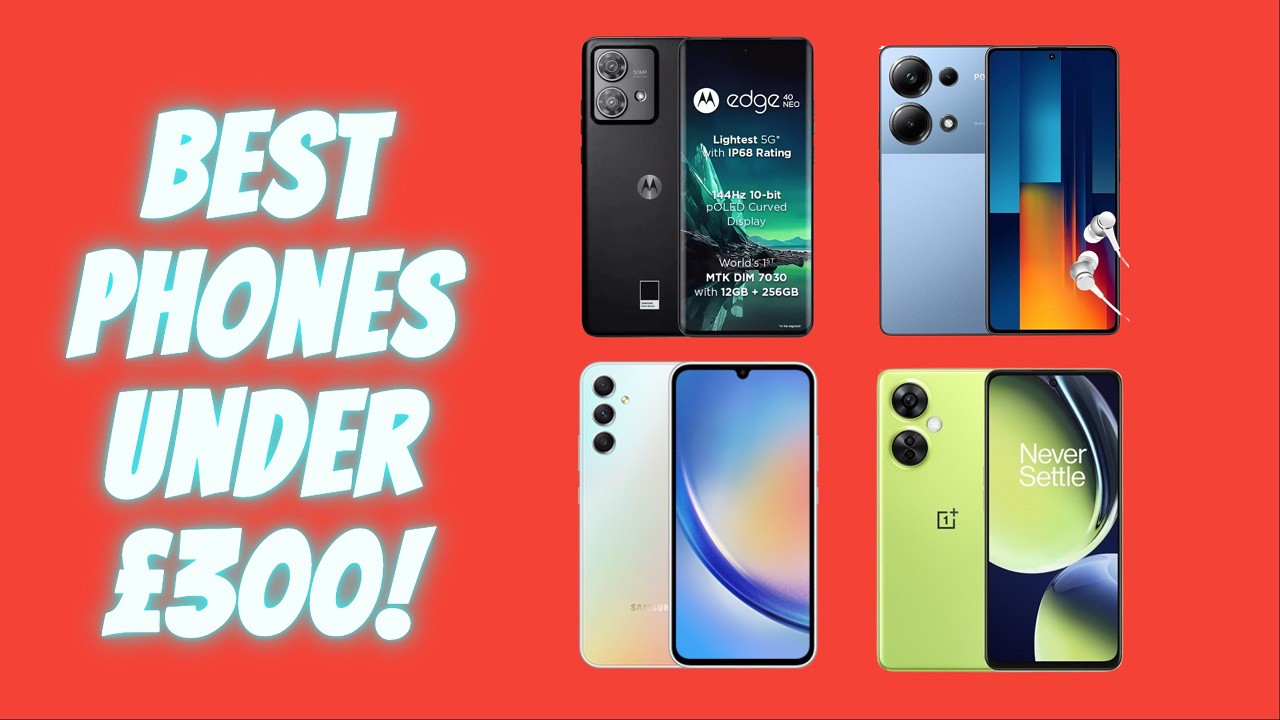

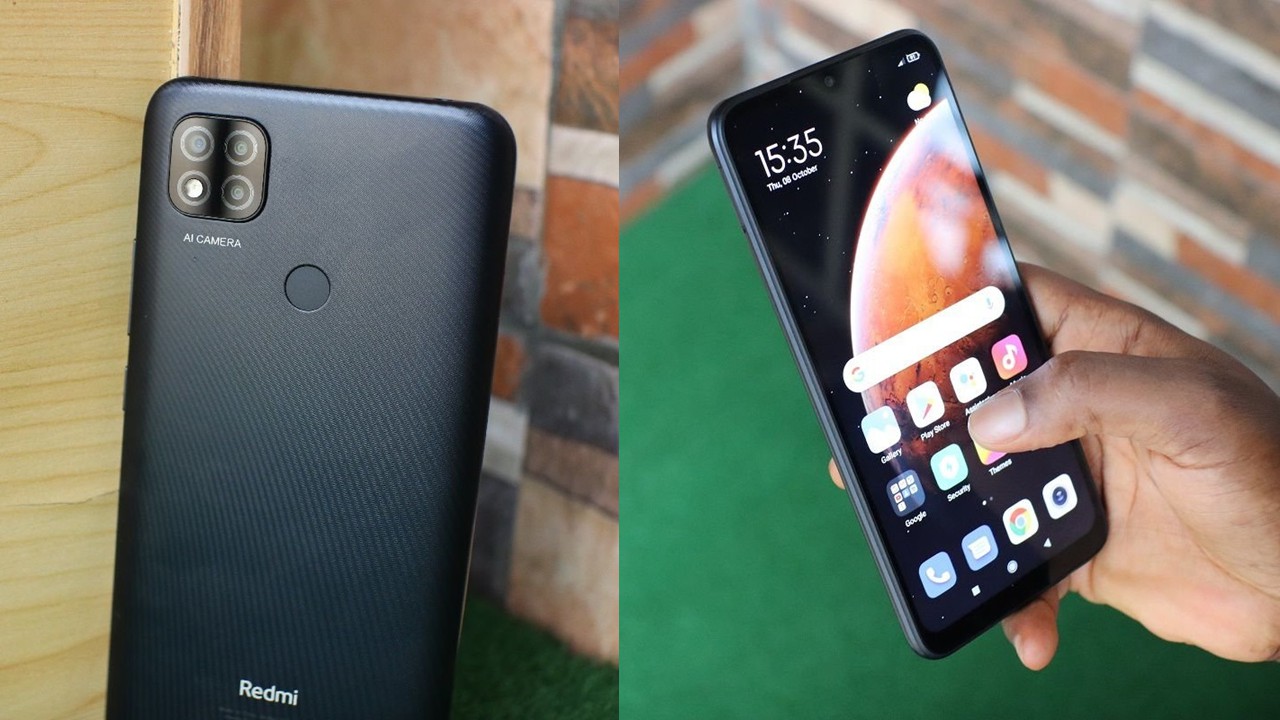
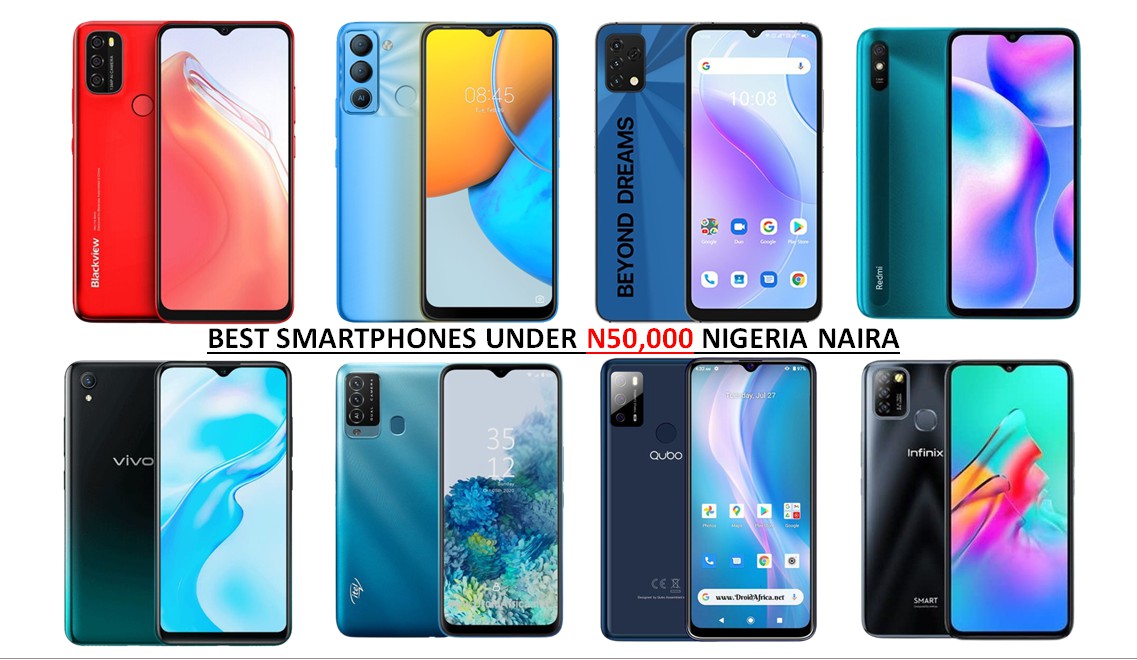
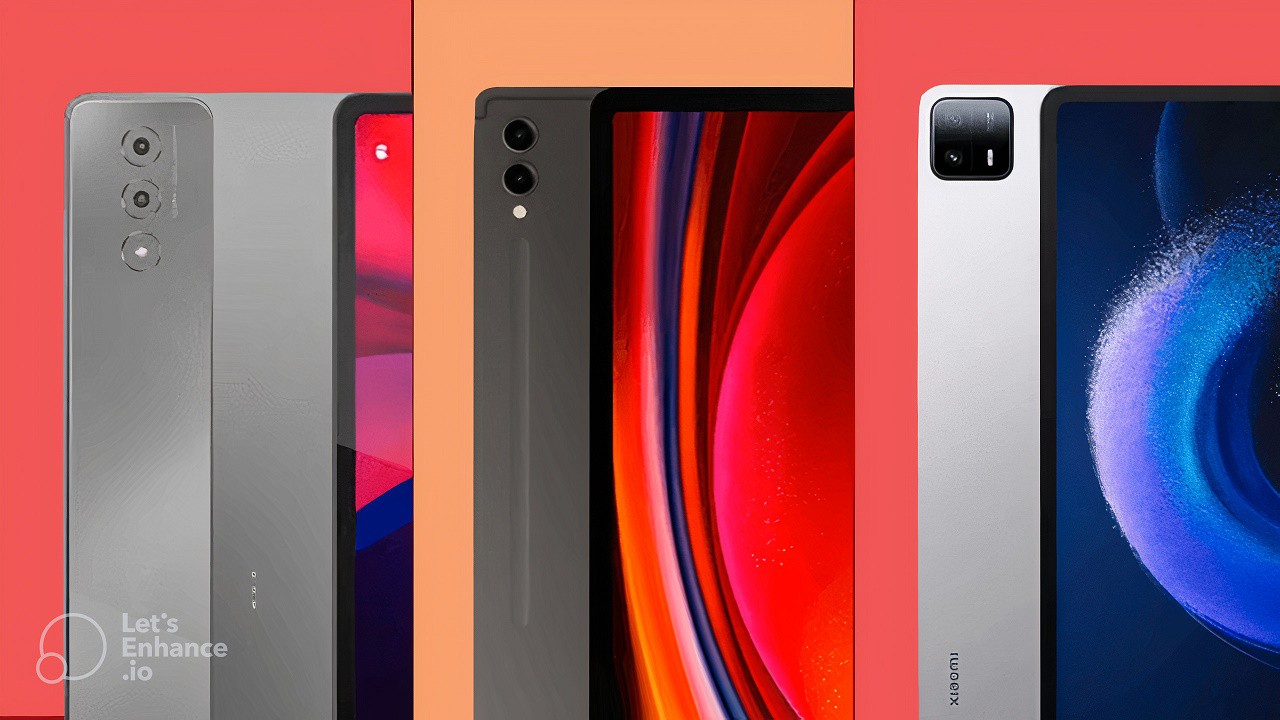
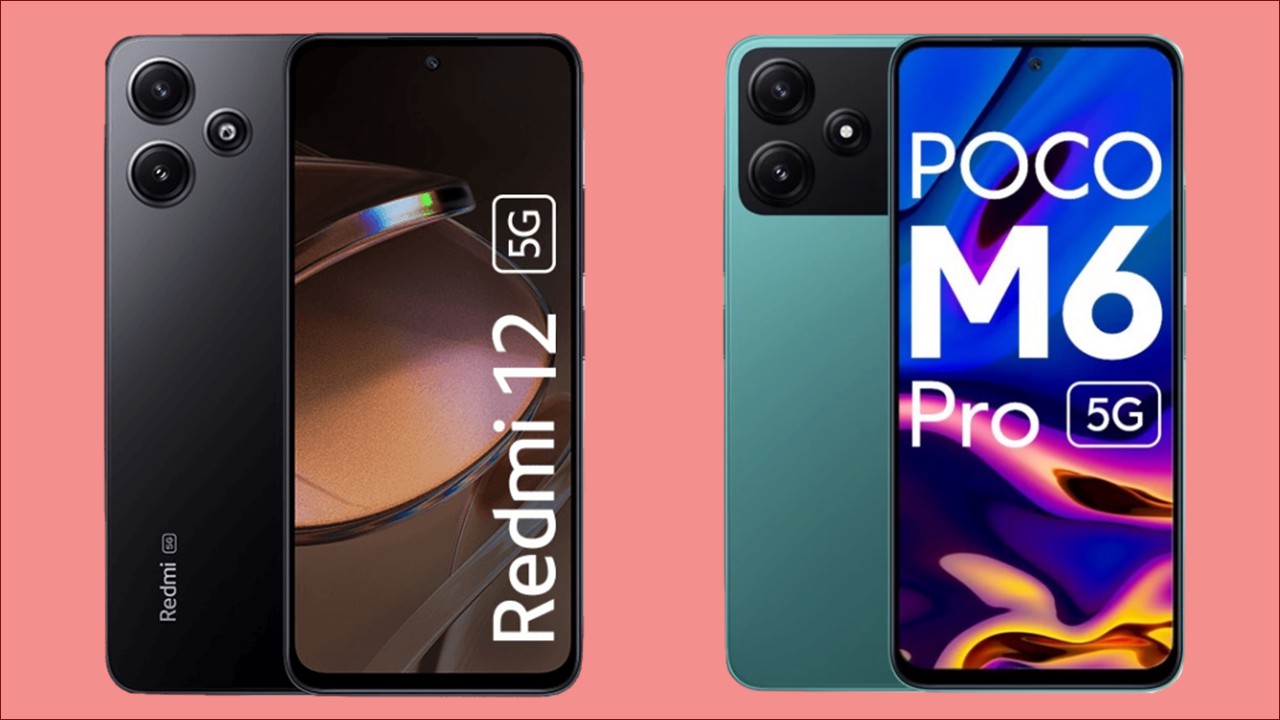
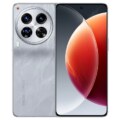

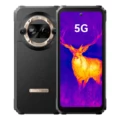
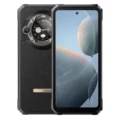
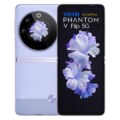
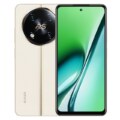

Leave a Reply